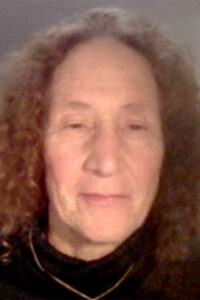At ACR Convergence 2021, Kenneth G. Saag, MD, MSc, discussed the management of premenopausal bone loss and Nancy E. Lane, MD, reviewed clinical data and evidence-based support for the use of vitamin D and calcium supplementation in bone health management.

Their session, Treatment Challenges in Bone Health: Premenopausal Bone Loss Management & Calcium/Vitamin D Supplementation in Osteoporosis, was originally presented Tuesday, Nov. 9, and can be viewed by registered meeting participants through March 11, 2022.
Assessing osteoporosis in premenopausal women relies on multiple measures, said Dr. Saag, Jane Knight Lowe Professor and Director of Clinical Immunology and Rheumatology at the University of Alabama at Birmingham.
Bone mineral density (BMD) alone is not a good measure and the T score that’s used to diagnose BMD loss in perimenopausal and postmenopausal women is also inadequate, he said. Dual-energy X-ray absorptiometry (DXA) can also be misleading in premenopausal women, he added.
“BMD may be the result of genetics, suboptimal bone mass accrual during adolescence, or just small stature,” Dr. Saag said. “DXA is a two-dimensional measure and cannot capture the thickness or volume of bone and underestimates BMD in small individuals.”

The Z score, a standard deviation score that compares an individual’s BMD against an age-matched population, is more helpful in assessing bone health in younger women, he continued. A BMD Z score of -2.0 or less, plus a known secondary cause such as long-term glucocorticoid use, estrogen deficiency, antiepileptic drug use and cancer chemotherapy, or alcoholism can be used to diagnose the condition. So can a history of vertebral or non-vertebral low-trauma fractures at a major site regardless of BMD.
General measures such as exercise and calcium and vitamin D supplementation are useful, Dr. Saag said, but have minimal effects on low BMD. However, controlling secondary causes such as celiac disease and rheumatoid arthritis often produces large increases in BMD. The ACR guideline recommends bisphosphonates or other drug treatment for individuals at moderate to high fracture risk.
Supplementation in osteoporosis
The most effective way to manage osteoporosis in younger women is to prevent it, said Dr. Lane, Distinguished Professor of Medicine and Rheumatology at the University of California, Davis, School of Medicine.
“Bone health is a lifelong concern,” she said. “Bone mass is maximal at about age 25 and wanes with a slow but continual decline after about age 40. Peak bone mass is the key predictor of osteoporosis later in life. Genetics are key in building bone mass, but the combination of calcium, vitamin D, and weight-bearing activity can increase peak bone mass in almost everyone.”
Vitamin D is key to calcium absorption and building bone mass, she explained. With adequate vitamin D, 30% to 40% of dietary calcium is absorbed. Without adequate vitamin D, dietary calcium absorption falls to 10% to 15%, increasing bone resorption and fracture risk.
Recommended daily allowances for vitamin D range from 600 IU for the very young to 800 IU for older adults, with corresponding calcium recommendations ranging from 700 mg to 1,200 mg per day based on age. Dr. Lane suggested 600 mg of vitamin D and 1,200 mg of calcium daily for premenopausal women without osteoporosis to maximize bone mass and to improve lower extremity function. Lower levels of vitamin D are associated with slower walking speed and more falls, increasing fracture risk, she said.
“But patients should not over-supplement,” Dr. Lane cautioned. “The data do not support annual doses of vitamin D greater than 500,000 IU. Adverse events can occur at that level.”
Fears that calcium supplementation could increase risk for myocardial infarction (MI) are overblown, she noted. The Women’s Health Initiative found no difference in the risk of MI or other major cardiovascular events when comparing calcium supplementation to placebo, nor did an analysis of calcium supplementation in more than 500,000 men and women in the UK Biobank.
However, excessive calcium supplementation can increase the risk of nephrolithiasis, she noted.
“Calcium is a threshold nutrient with no benefit from exceeding the daily recommendations,” Dr. Lane said. “It’s important that patients not take more calcium than the upper limit to avoid kidney stones. A good dose can prevent some bone loss.”
Register Today for ACR Convergence 2024

If you haven’t registered for ACR Convergence 2024, register today to participate in this year’s premier rheumatology experience, November 14–19 in Washington, D.C. All registered participants receive on-demand access to scientific sessions after the meeting through October 31, 2025
